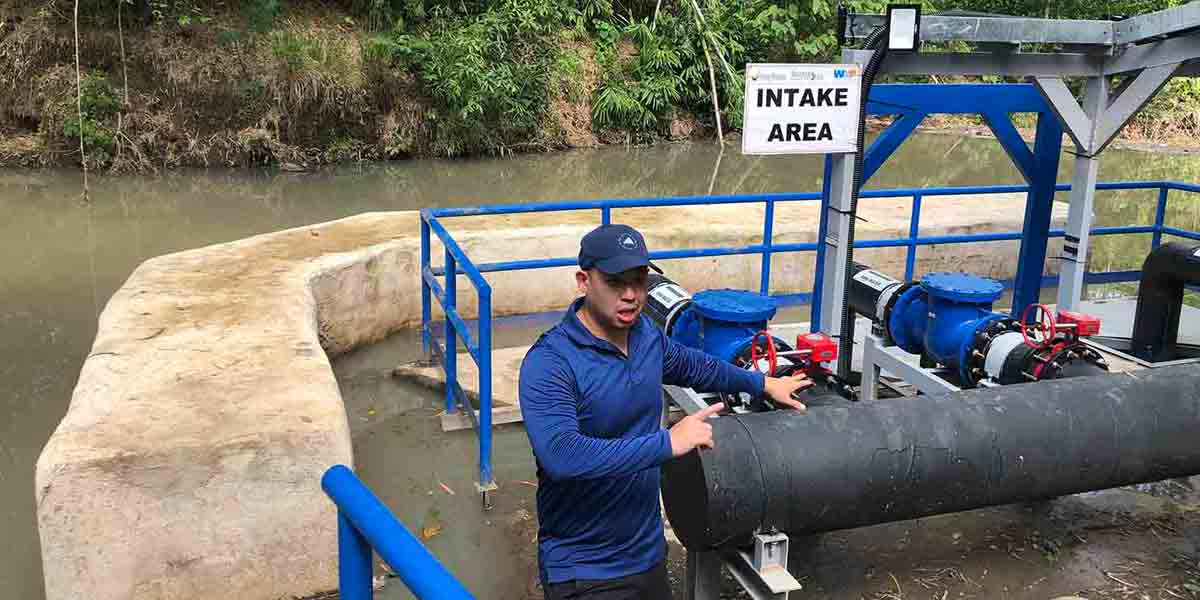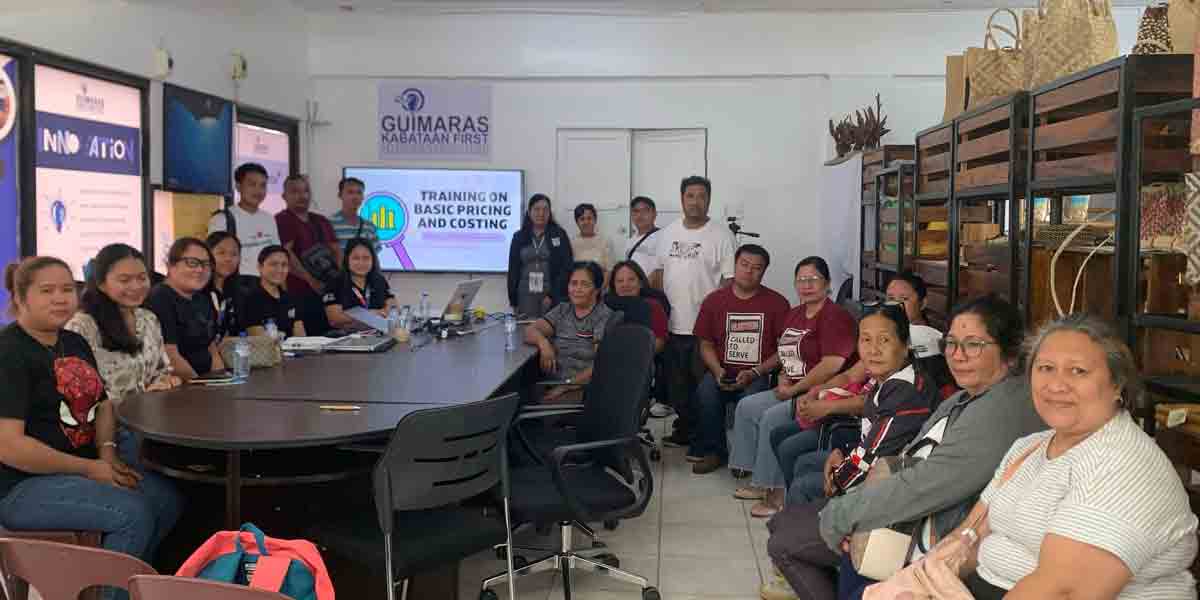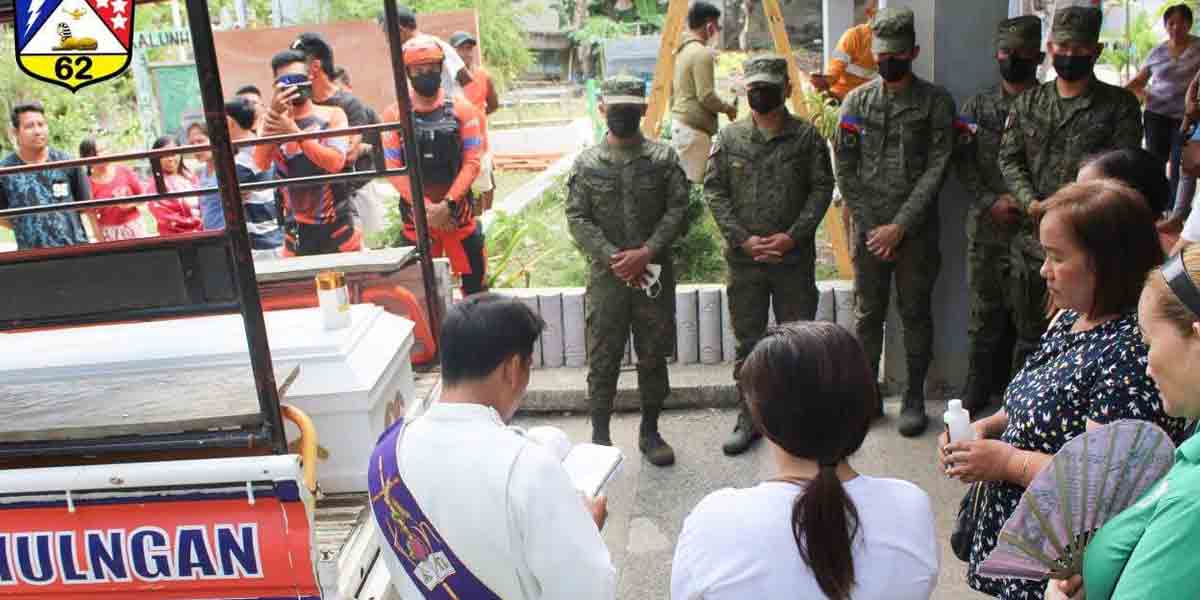By James Jimenez
There are two things about me that are not of common knowledge. First, that I am currently undergoing regular dialysis, in the wee hours of the morning, three times a week; and second, that my senior mother lives under my care. Over the weekend, these two things came together. You see, last Saturday, while I was in the hospital for dialysis, the thing I feared the most, happened: my mother suffered a fall.
It was a harrowing experience for her – having fallen, being in pain from the fall, and being unable to get up – just as it was for me, stuck to a machine and unable to do anything for her. Thankfully, I am blessed with a small and very devoted household, all of whom sprang to action. In less time than it takes to tell it, my mother was ‘rescued,’ and taken to the hospital – all before my dialysis ended.
Once my mother was in the hospital and, it must be said, in remarkably good spirits considering what she had been through (and her subsequent diagnosis of intertrochanteric fracture), I was able to take a beat, to grapple with the most current challenge facing my mom.
Intertrochanteric fractures – a type of hip fracture that occurs between the two bumps at the upper part of the femur, called the greater and lesser trochanter – are a fairly common type of injury among older adults. People of advanced age, it must be noted, are a high-risk group for falls for a couple of major reasons. First, there’s the aging related muscle loss, which reduces strength and stability. And then there’s the poor balance and coordination arising from chronic conditions like arthritis, and diabetes. In some individuals, there is even the possibility of neurological disorders impairing balance.
These two risk factors describe my mother, to a T. And when she fell, decreased bone density made the fracture all but inevitable.
Treatment
An intertrochanteric fracture occurs most frequently when an elderly person falls directly on their hip. Because of the location of the break, healing typically requires surgical intervention, such as internal fixation or a hip replacement, followed by weeks or months of physical therapy.
Right now, my mother is undergoing all the necessary tests to determine how best to move forward with the surgery. The process, however, is being complicated by the fact that it is almost Christmas and, well – everything slows down around this time of the year, doesn’t it?
So, in order to get myself out of my head, and to turn this thing positive – allow me to use this space to offer some helpful tips on how to prevent falls at home by creating a safer environment for our beloved seniors.
An ounce of prevention
First, eliminate home hazards. This requires the decluttering of those parts of the walkways throughout the house. Remove loose rugs, for example, get extension cords out of the way, and secure all other tripping hazards. If you have pets, always keep an eye out for pet toys that might be left lying along where our seniors might have to walk.
Second, install handrails and handholds. As people age, they tend to need places and things to hold on to, like handrails in bathrooms. Unfortunately, the handrail that I installed in our bathroom had been recently taken out for replacement.
Third, appropriate footwear. It is impossible to overstate the importance of choosing well-fitting, non-slip footwear that provides good stability and adequate support. Despite how comfortable they can be, I strongly recommend against walking in socks or bedroom slippers with smooth soles. These can be very slippery.
And fourth, stay physically active. A famous doctor – even ran for Vice President – once sagely said: galaw-galaw para di pumanaw. Engaging in exercises that improve balance, strength, and flexibility becomes more important with advancing years. Simple, low-impact, low-stress activities like walking, or gentle range-of-motion exercises can significantly enhance stability. Strengthening exercises for the legs and the core – the muscles of your trunk and midsection – are particularly crucial.
Recovery
I’d like to tell myself that I did everything I could to prevent anything like this from happening to my mother. But, when this happens, an important part of learning from it, is to review everything that you actually did, in the run-up to the fall. It can be an uncomfortable process, but it is necessary to prevent a recurrence of the problem.
For now, however, I have to focus on recovery.
As a physical therapist myself, I can see that there will be much to do to restore my mom’s mobility, strength, and confidence. But for all the rest of you reading this, the primary goal remains to educate and to empower our seniors to prevent injuries before they occur.
By taking proactive steps to address fall risks, our beloved seniors can enjoy greater independence and avoid the life-altering events like an intertrochanteric fracture. Remember, prevention is always better than recovery.





















